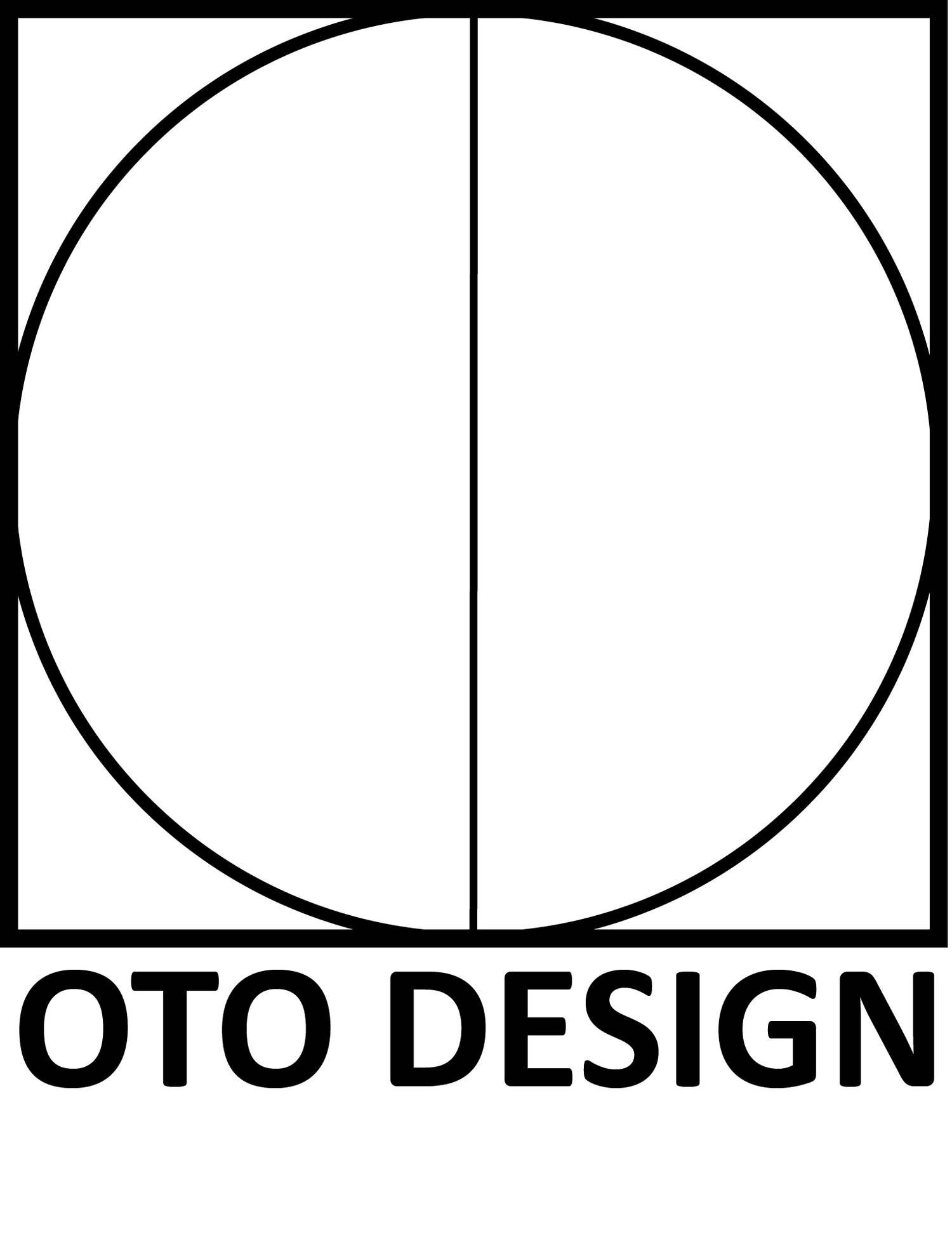Universal Design
Universal design holds a pivotal role in championing equality and human rights. It upholds the principle that access to buildings, products, and environments is a fundamental human right. As home designers, our commitment lies in crafting solutions that enhance the quality of our clients' lives, regardless of their unique requirements. We believe that aesthetics and accessibility should harmonize, resulting in homes that truly enrich lives.
So why Universal Design!?
The "Principles of Universal Design" originated from a collaborative effort by a team of experts in the United States, coordinated by the Center on Universal Design at NC State University during the 1990s. These principles, coupled with specific guidelines for each one, served as a valuable tool in clarifying Universal Design for early adopters.
Principles of Universal Design:
Equitable Use: Ensure that products and environments are usable by people of all abilities.
Flexibility in Use: Design for versatility to accommodate a wide range of individual preferences and abilities.
Simple and Intuitive: Make the design straightforward and easy to understand for everyone.
Perceptible Information: Ensure that information is presented in a way that can be perceived by all users.
Tolerance for Error: Design with a margin for error to prevent accidents or unintended actions.
Low Physical Effort: Minimize physical effort required for use, promoting comfort and reducing fatigue.
Size and Space for Approach and Use: Provide adequate space for various approaches and comfortable use.
Eight Goals of Universal Design:
These eight goals were developed to update and expand upon the Principles of Universal Design, incorporating considerations for human performance, health, wellness, and social participation as outcomes, while addressing cultural and contextual factors.
Body Fit: Accommodate a wide range of body sizes and abilities.
Comfort: Ensure that demands placed on the user fall within desirable limits of body function.
Awareness: Make critical information easily perceivable for all users.
Understanding: Design methods of operation and use to be intuitive, clear, and unambiguous.
Wellness: Contribute to health promotion, disease prevention, and injury avoidance.
Social Integration: Treat all groups with dignity and respect in the design.
Personalization: Incorporate opportunities for choice and individual expression of preferences.
Cultural Appropriateness: Respect and align with cultural values, considering the social, economic, and environmental context of the design project.
"Aging in place extends beyond having an accessible home; it also encompasses fostering an accessible community."
It's important to recognize that Universal Design can vary based on cultural and contextual factors and may be adapted to different places and cultures. The aim is to achieve accessibility while respecting cultural diversity and local values. Additionally, these goals link Universal Design to various bodies of knowledge and provide measurable outcomes, making it a more versatile and comprehensive approach to design.








